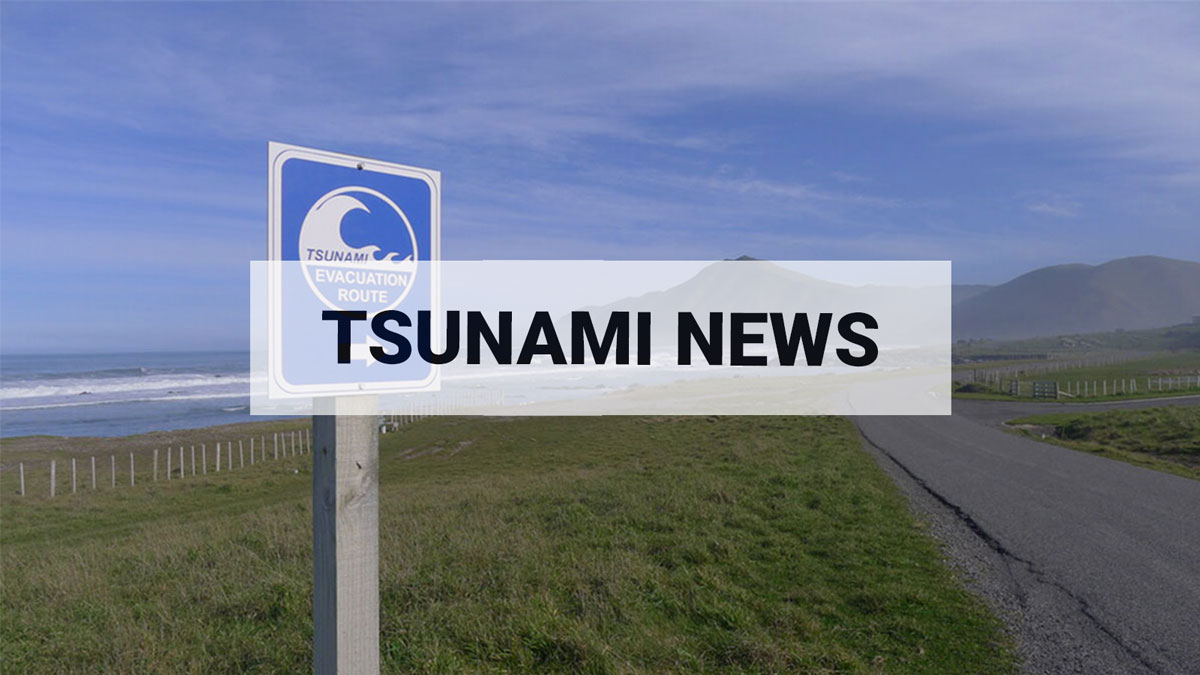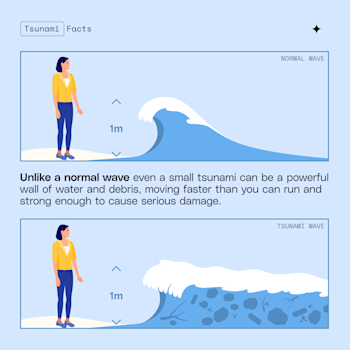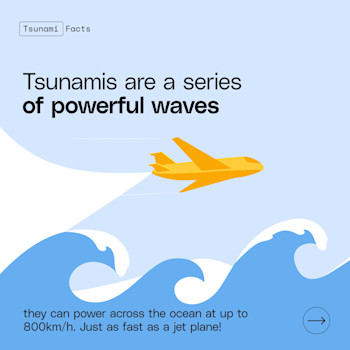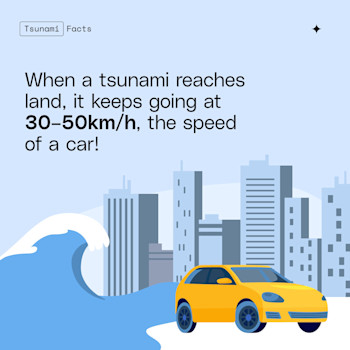
Why worry about small tsunami
When we hear the word “tsunami,” we often imagine towering waves crashing onto shorelines. However, tsunami behave more like fast-flowing tides than regular ocean waves, carrying water and debris in and offshore and generating strong currents as they do so. While a small tsunami is unlikely to sweep over people and structures, they still pose serious risks to people in the water or on small boats.
In this story we explore why even modest tsunami arriving at our shore, like the one triggered by Wednesday’s M8.8 earthquake off Kamchatka, deserve our attention, and how understanding their behaviour helps keep us safe.
A 10 – 50 cm tsunami might not sound like much, but that small tsunami can move a lot of water and debris. Surges come in over several minutes and then recede just as fast for a similar time period, often acting more like a very rapid tide than an ocean wave. Surges may then continue for hours to days as the tsunami continues.
Think of being in a tsunami of this size as like wading through a fast-flowing river. That’s where the advisory to stay clear of the ocean during even a small tsunami comes from. It might only be ankle deep at the beach, but you could find yourself swept out to sea by the force of the currents if you are in the water or in a small boat.
New Zealand’s coastline is vast and complex, and Kiwis are often in or on the water at all hours across the motu. While strong tsunami surges may not be obvious from the shore, they pose serious risks in the water. That’s why it’s vital to alert the wide range of people who visit these areas to avoid activities like swimming, wading, or out in small boats while tsunami surges are still occurring.
There are also areas where a small tsunami like this can have an amplified effect: tight bays and harbours can trap and focus tsunami energy so what comes up at the shore there is larger than what is arriving out at more open coastlines. In these areas, the tsunami hazard can be much greater than at more open coastlines.
The tsunami from Wednesday’s M8.8 earthquake, off the east coast of Kamchatka in the far east of Russia, arrived at our shores as similar sized waves to those of the recent M6.8 Puysegur earthquake but differs significantly in its extensiveness and total energy. Smaller tsunami like that from the Puysegur earthquake are relatively short-lived and local, lasting a few hours or less and reaching only nearby parts of the country.
When the tsunami is at the planetary scale like this one, these variations can continue and evolve in complex ways as their energy rebounds around the ocean. For example, the reflection of this tsunami from the Americas caused a second pulse of energy that raised local water heights and intensified currents almost 24 hours after its first arrival at our coasts.
We will have more science on Wednesdays M8.8 earthquake off Kamchatka, Russia later this afternoon.
Learn: About tsunamis, learn the warning signs and the right action to take
Find: Your tsunami evacuation zone
Read: A tsunami isn’t just a big wave
We can’t prevent natural hazards, but we can, and should, be prepared for them
Remember Long or Strong, Get Gone : If you are near the coast, or a lake, and feel a strong earthquake that makes it hard to stand up OR a weak rolling earthquake that lasts a minute or more move immediately to the nearest high ground or as far inland as you can, out of tsunami evacuation zones.
For information on preparing for earthquakes or tsunami, there are guidelines from the National Emergency Management Agency's (NEMA) Get Ready website.
NEMA are the official source of tsunami warning information in New Zealand.
Prepare your home. Protect your whānau. There’s a lot we can do to make our homes safer and stronger for earthquakes. Natural Hazards Commission Toka Tū Ake's website has key steps to get you started.






